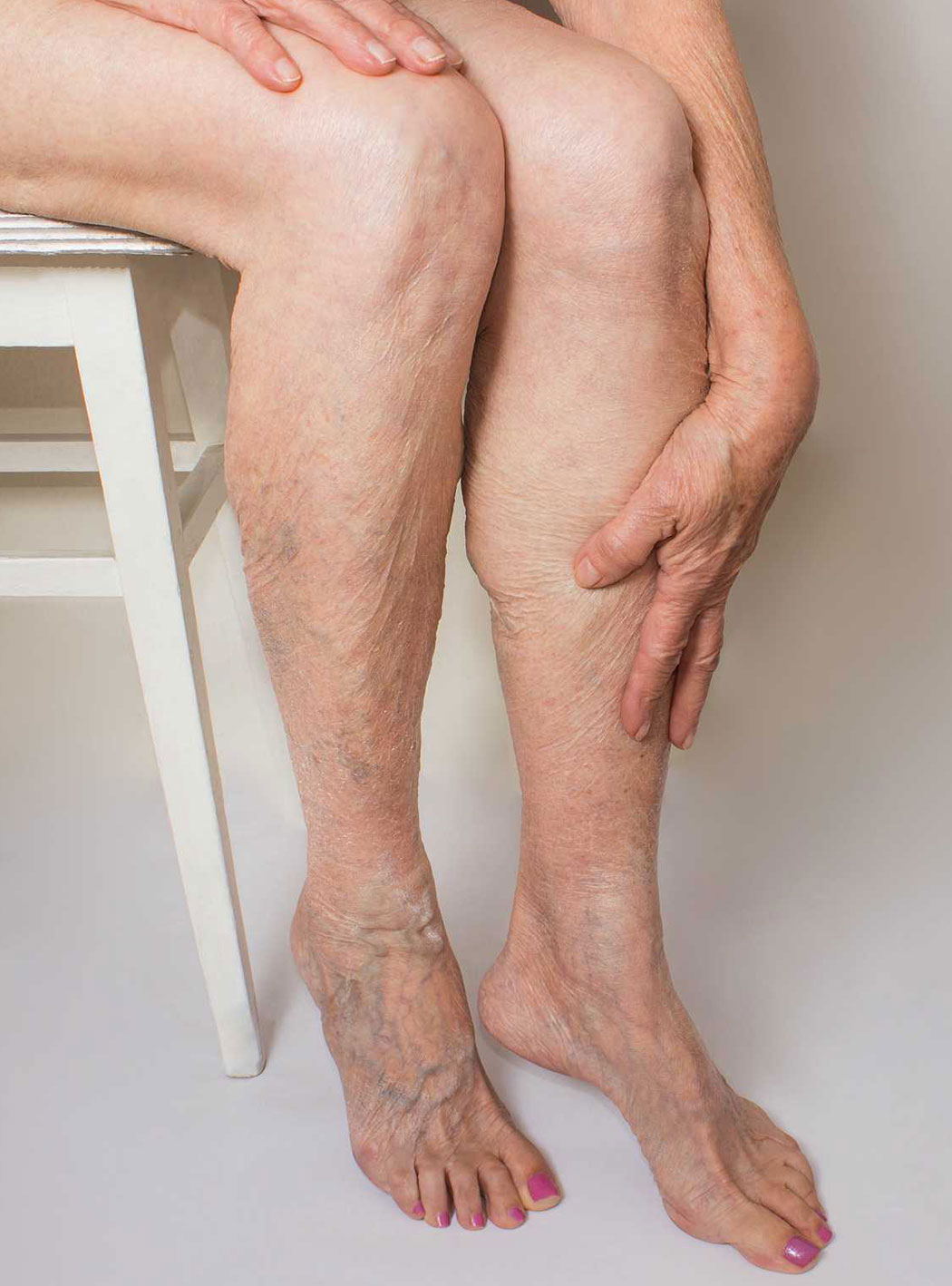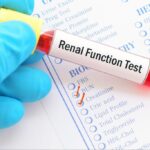Around 6.5 million people over the age of 40 are either diagnosed or have peripheral arterial disease (PAD) in the United States. Even if you are no diagnosed with PAD, there is a good chance that you know someone has. Even a tiny symptoms left un-examined can lead to serious complications. In simpler words, Peripheral Arterial Disease (PAD) is not a condition that should be taken lightly. There are countless myths about peripheral arterial disease (PAD) that are not true. It’s time to banish the myths with error-free information. At Vascular Health, we believe it’s important for people to know the difference between fact and misinformation. We want to empower our patients to make informed decisions about their vascular conditions/health. Most of the people who have (PAD) are often misdiagnosed and mistake symptoms for something else.
What Is Peripheral Arterial Disease PAD?
Before moving to the myths of Peripheral arterial disease, what it (PAD) and its common symptoms. The Circulatory system is also known as Vascular system. Veins and Arteries helps the blood to flow through the body. The plaque buildup in the veins and arteries results in the shrinking of veins. The narrowed veins block of the blood flow to your limbs. PAD, is also referred to as arteriosclerosis of the extremities or peripheral vascular disease. It causes poor blood circulation to the kidneys, intestines, arms, legs, and feet—leading to tissue and nerve injury or damage.
Symptoms
PAD have a variety of symptoms, but most common are:
- Cramping in the legs or hips, especially when physically active
- Changes in the appearance of extremities (color, loss of hair, shiny skin)
- Cold legs and feet
- Open sores that don’t heal
- Erectile dysfunction
- No pulse or weak pulse in legs and feet
There are various risk factors that contributes to peripheral arterial disease, which includes smoking, diabetes, obesity, cardiovascular disease, and high blood pressure. If the symptoms are left unattended or undiagnosed, PAD symptoms can lead to a critical or severe state of “no blood flow.” In the body. If this situation occurs, you could be at risk for limb amputation.
Myths about Peripheral Arterial Disease – PAD
Debunking the myths about Peripheral Arterial Diseases.
Myth #1: PAD has consistent and defined symptoms
It does not have consistent symptoms. People who have PAD, exhibits pain in their legs while doing physical activity, such as cramps in the calves when walking. However, the symptoms of Peripheral Arterial Disease vary widely. Furthermore, the dysfunction of the vascular system causes critical pathologies; Peripheral Arterial Disease, Venous Disease and End Stage Renal Disease (Dialysis). It is to be said that up to 4 in 10 people with PAD do not have/show symptoms. They may have minor leg discomfort or fatigue that is chalked up to osteoarthritis or neuropathy. The main thing to keep in mind is that the sluggish blood flow caused by PAD can be erupted from no symptoms at all to pain in one leg or both legs to different extents.
Myth #2: Peripheral Arterial Disease is limited to your legs
The atherosclerosis that causes the signs and symptoms of peripheral artery disease isn’t limited to your legs. Many patients have been led to believe that the symptoms they are facing can’t possibly be related to PAD if it they do not involve the legs. However, it is true that peripheral arterial disease is more common in the legs, but plaques can be formed in the renal artery (or any part of the body) causing kidney damage and in coronary or cerebral arteries leading to heart attack and stroke. Can happen in Heart and Brian as well.
Myth #3: PAD is not life-threatening
Often silent, Sometimes deadly. The fact Peripheral Arterial Disease PAD is treatable, cannot be taken lightly. It is absolutely a life-threatening condition if ignored, misdiagnosed, taken lightly or left unchecked. It a very dangerous disease or condition because if any significant blockage occurs will restrict the blood flow to your limbs and organs, which can cause immediate damage for long term, including gangrene that leads to amputation, chronic diseases, stroke and heart attack. When the arteries would not be able to supply blood it will result in the death of the heart or brain.
Myth #4: PAD is known as man’s disease
This is yet another one of the biggest myth of Peripheral Arterial Disease that simply is not true. According to a study it is said that women have equal, if not higher rates to develop PAD compared to men, despite fewer cardiovascular disease risk factors. In addition, women with Peripheral Artery Disease experience faster dysfunction compared to men. Women have a longer life expectancy; they will be more affected with – PAD as the population ages.
Myth #5: People who are overweight have peripheral arterial disease
Weight is a considerable risk factor, but it’s not the only one. Up to 80% of patients with PAD are current or former smokers. People who smoke or have diabetes have the greatest risk of developing peripheral artery disease due to reduced blood flow.




